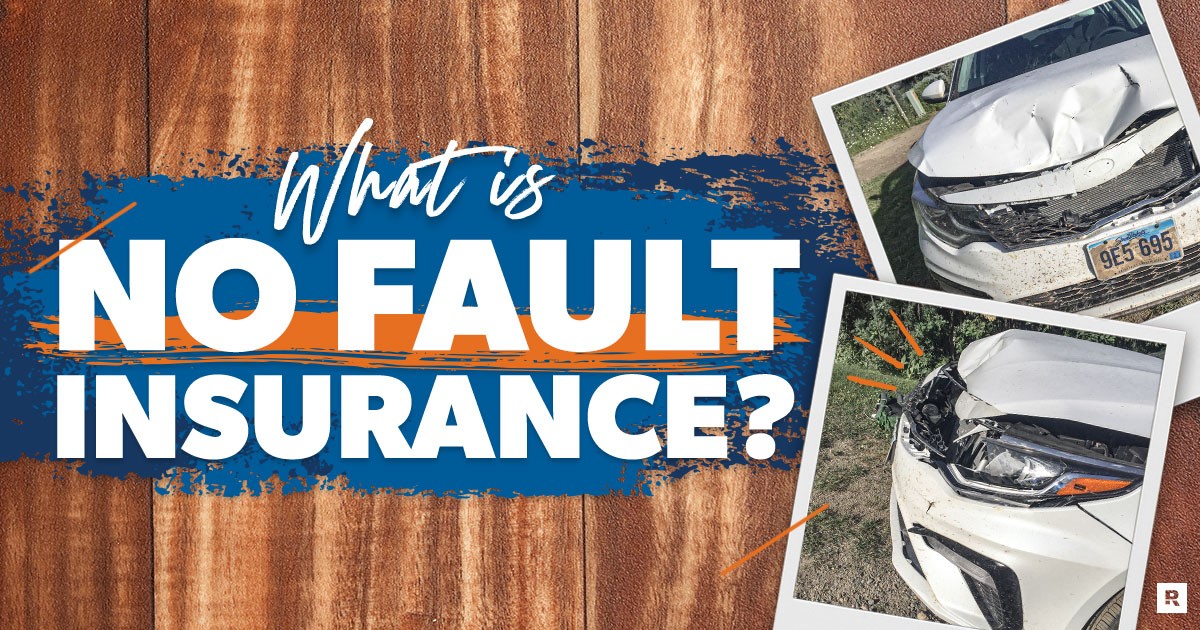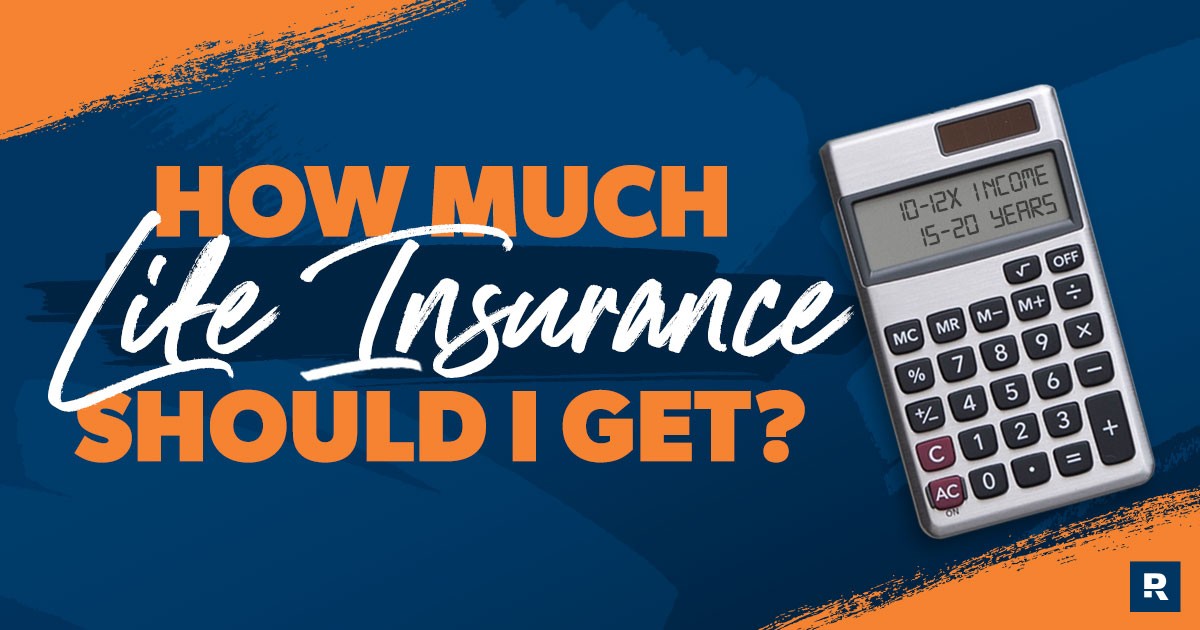Navigating the complexities of auto insurance can feel overwhelming, especially when it comes to understanding the nuances of different state laws. One such complexity lies in the distinction between “no-fault” insurance states and traditional fault-based systems. The term “no-fault insurance” might sound like a simple promise that drivers won’t be blamed for accidents, but the reality is far more nuanced and carries significant implications for policyholders. For anyone interested in the business side of insurance or simply aiming to make informed decisions about their coverage, understanding the truth about no-fault insurance states is essential.
At its core, no-fault insurance is a system designed to streamline the process of paying for damages and injuries after an auto accident. In traditional fault-based states, the driver determined to be at fault is responsible for compensating the other party for medical expenses, vehicle repairs, and other damages. This often leads to lengthy legal disputes and claims processing, especially when liability is contested. No-fault insurance systems aim to cut through this red tape by requiring drivers to carry Personal Injury Protection (PIP) coverage. This coverage pays for their own medical expenses and related losses, regardless of who caused the accident. In essence, no-fault insurance shifts the initial financial responsibility to each driver’s own insurer, reducing the need for litigation.
However, this shift does not mean that fault is ignored entirely. Instead, no-fault laws typically place limits on when an injured party can file a lawsuit against another driver. Usually, legal action is only permitted if injuries exceed a certain severity threshold or if damages surpass a defined monetary amount. For example, a minor fender bender with no serious injuries would be resolved through PIP benefits without going to court. But if a driver suffers catastrophic injuries or significant property damage, the door to a traditional negligence claim can open. This balance attempts to reduce the court’s burden by filtering out minor claims, while still preserving the right to seek full compensation in serious cases.
One common misconception is that no-fault insurance eliminates the need for liability coverage altogether. This is not the case. Even in no-fault states, drivers must carry liability insurance to cover property damage and injuries they cause to others that exceed the scope of PIP. Liability insurance remains a crucial part of protecting one’s financial interests and complying with state requirements. In many ways, no-fault insurance reshapes rather than replaces the conventional insurance framework.
From a business perspective, no-fault insurance states can impact both consumers and insurance providers in notable ways. For consumers, the most immediate effect is often on insurance premiums. Because no-fault systems require insurers to cover medical costs regardless of fault, the volume of claims tends to increase, potentially driving up premiums. That said, some argue that the reduction in legal costs and faster claims resolution ultimately offsets these increases. The actual impact varies widely by state, depending on the specific no-fault rules, benefit limits, and fraud prevention measures in place.
Insurance companies, on the other hand, must navigate a complex landscape of regulations and claims management challenges unique to no-fault states. Adjusters and underwriters face the task of carefully assessing injury claims to determine whether they meet the threshold for litigation or fall under PIP coverage. This often requires collaboration with medical professionals and legal experts to evaluate claim validity and prevent abuse of the system. Insurers operating in multiple states must tailor their products and pricing models to comply with a patchwork of state-specific no-fault laws, complicating their risk assessment and profitability calculations.
To put this into perspective, consider the example of Michigan, a state known for its particularly comprehensive no-fault insurance system. Michigan drivers are required to carry unlimited PIP coverage, meaning the insurer covers all reasonable medical expenses related to an accident, regardless of cost. While this offers robust protection for injured drivers, it has also contributed to some of the highest auto insurance premiums in the country. Policymakers have since introduced reforms to curb costs and fraud, illustrating the ongoing balancing act between consumer protection and affordability in no-fault states.
Contrast this with states like Florida or New York, where no-fault systems exist but with more limited PIP benefits and stricter thresholds for lawsuits. Here, drivers might find their insurance premiums somewhat lower but with less comprehensive coverage for injury-related expenses. These differences highlight how the specific design of no-fault laws can dramatically affect both consumer experience and the insurance market dynamics.
Understanding the truth about no-fault insurance states also requires acknowledging some criticisms of the system. Critics argue that no-fault laws can lead to increased insurance fraud, as the guaranteed payouts under PIP may encourage exaggerated or fraudulent claims. Additionally, some injured parties feel constrained by the threshold limits, believing they are unfairly barred from pursuing full compensation in situations where the law deems injuries insufficiently severe. Others contend that the administrative complexity and inconsistent application of no-fault laws add confusion for consumers trying to navigate their rights and options.
Yet, proponents highlight the benefits of no-fault systems in reducing litigation costs, speeding up claims payments, and minimizing the emotional toll of legal battles after accidents. For many drivers, especially those involved in minor collisions, the ability to quickly access medical and repair funds without waiting for fault to be determined offers valuable peace of mind. Moreover, insurers can often manage claims more efficiently, leading to improved customer satisfaction in some cases.
Ultimately, the decision of whether no-fault insurance is beneficial depends largely on one’s perspective and priorities. For business professionals in the insurance sector, understanding the nuanced impacts on risk management, pricing, and customer relations is critical. For consumers, especially those living in or moving to no-fault states, gaining clarity on how these laws shape their coverage, claims process, and legal rights can empower smarter decisions when purchasing auto insurance.
In conclusion, no-fault insurance states represent a complex and evolving approach to auto insurance, blending the desire for quicker, less adversarial claims handling with the need to fairly allocate financial responsibility. While the term “no-fault” may imply simplicity, the reality is layered with legal thresholds, coverage requirements, and market consequences that influence both drivers and insurers. Recognizing these subtleties enables individuals to navigate their insurance options with greater confidence and helps businesses adapt to a regulatory environment that varies significantly from state to state. Whether viewed as a necessary reform or a challenging compromise, no-fault insurance continues to shape the landscape of auto coverage across much of the United States.


